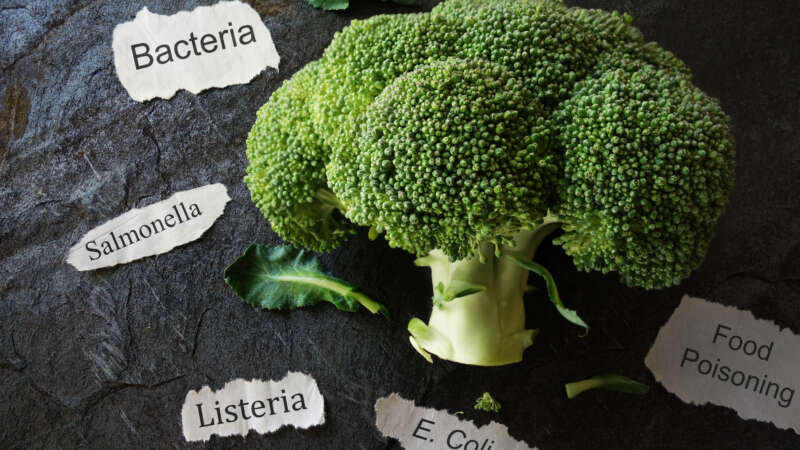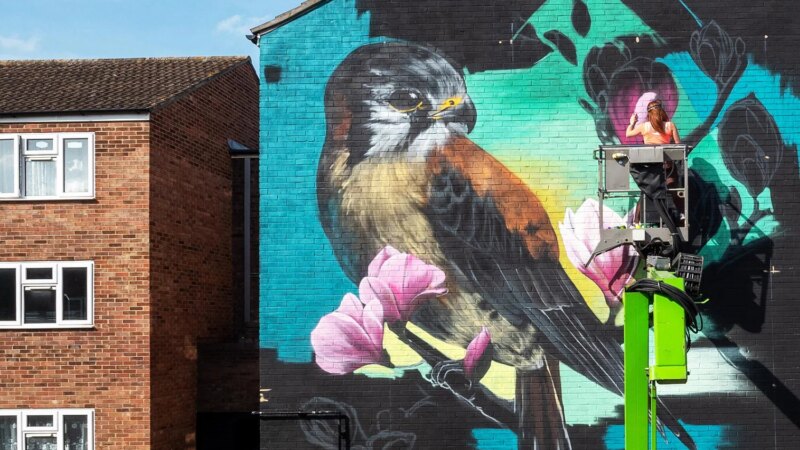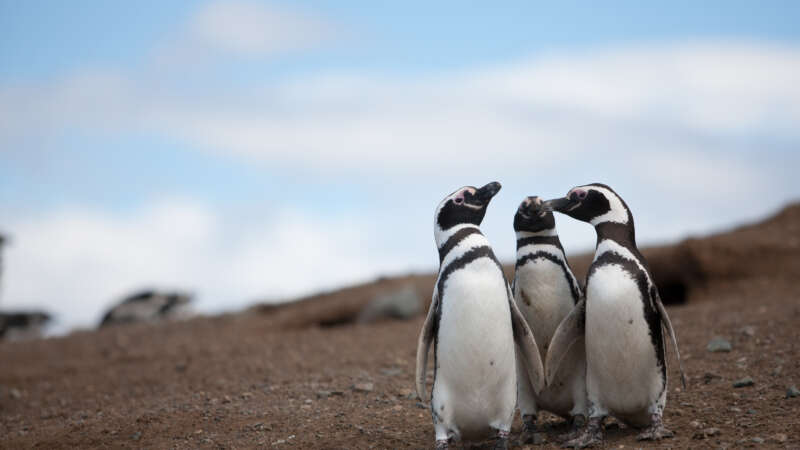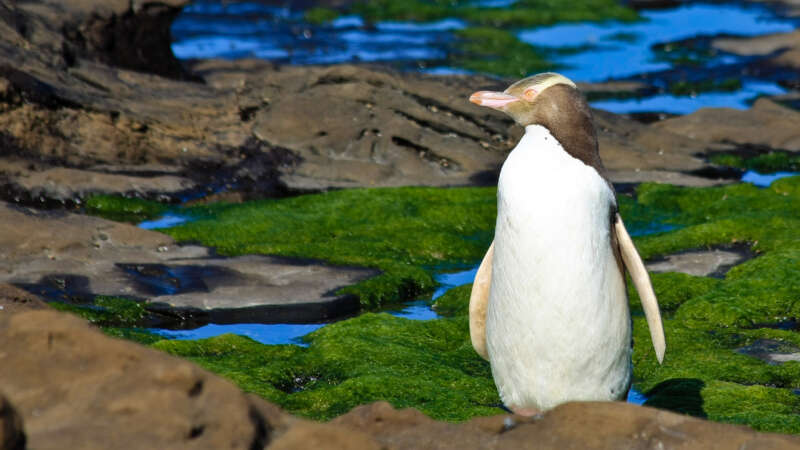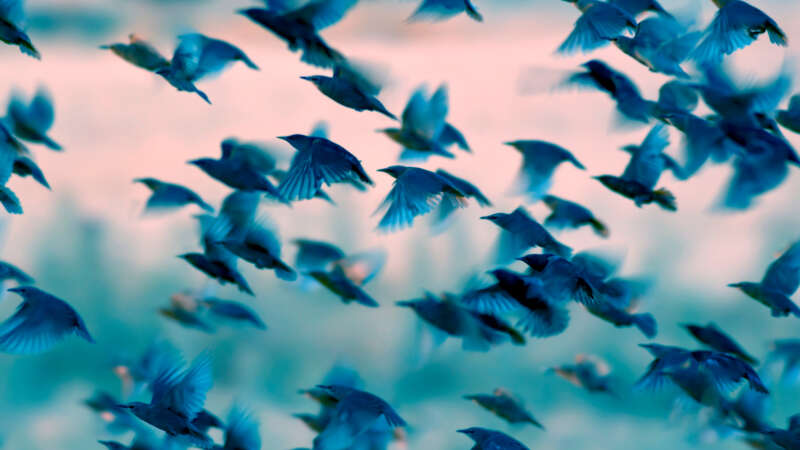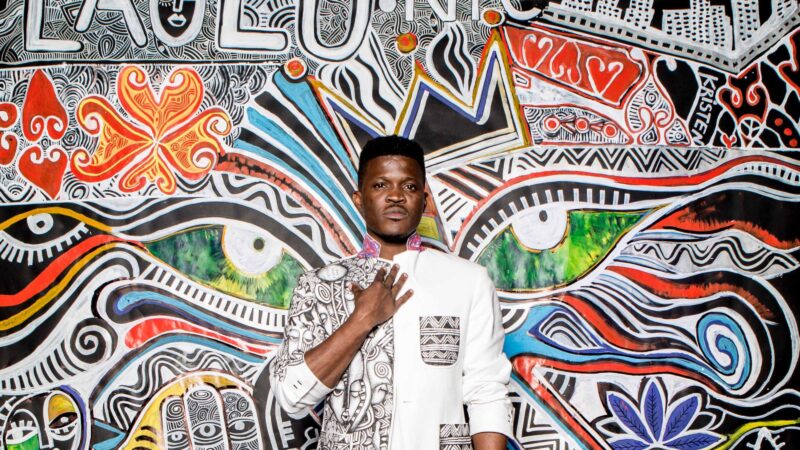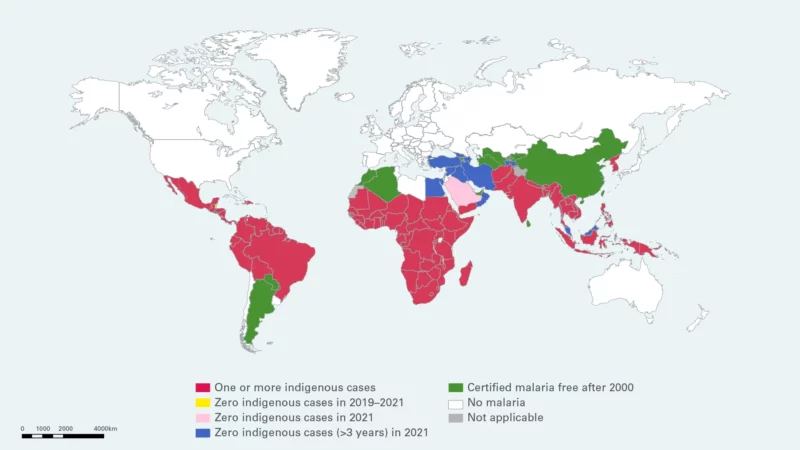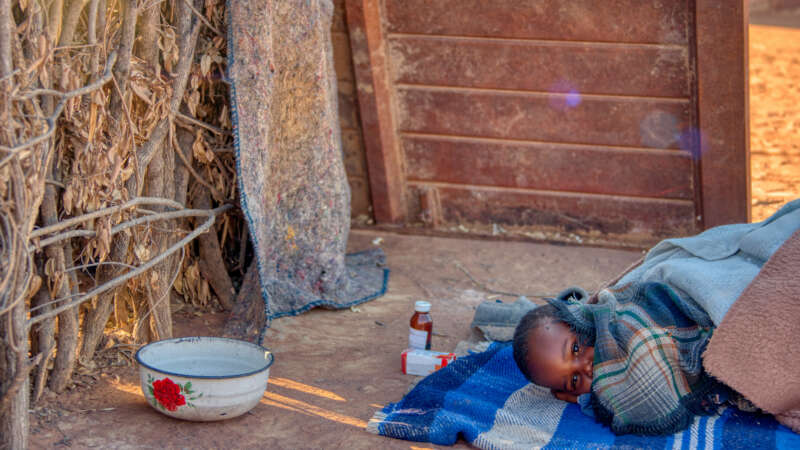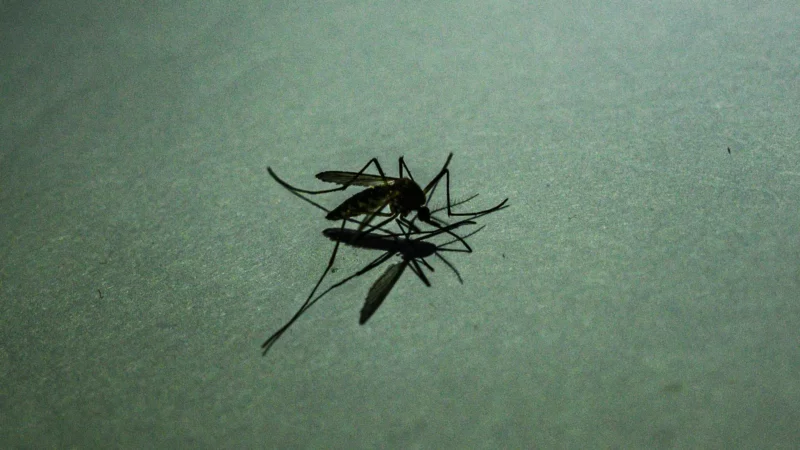public health
Foodborne Diseases 101
Many people are affected by food illness every year. Farmers, governments, food-related professionals, and consumers are all responsible for food safety and cleanliness.
Check out this video by National Geographic that explains how foodborne diseases are spread as well as the devastation they cause.
Faunagraphic’s Art Soars Beyond the Canvas
Faunagraphic, also known as Sarah Yates, is a powerhouse of creative and environmental expression, turning concrete (and regular) canvases into breathtaking murals and paintings that celebrate the birds of our planet.
Hailing from Lancashire, England, she began her career in spray painting at the age of 19 while pursuing her degree in Graphic Design.
Avian Malaria in the Sub-Antarctic
Avian malaria has recently been discovered in southern Chile and the introduction of beavers decades ago is partially responsible.
Birds on the Brink
Hardly anyone visits the desolate outpost of Coldfoot, one of Alaska’s few communities outside the Arctic Circle accessible by road. Its 34 residents live in rustic accommodations along the Dalton Highway. The town’s highlights include an inn, a café, a gas station and a basic airport with a gravel landing strip. All day long, 18-wheeler fuel trucks thunder by on supply runs between Fairbanks and the oil fields of Prudhoe Bay further north. Some will stop to eat and tank up at Coldfoot because the next human habitation is 234 miles away, a town grimly named Deadhorse.
They say Coldfoot got its name from the days of the 1900 Gold Rush when miners would come as far as this remote settlement before getting “cold feet” and turning back. It’s still a lonely place, but one unexpected visitor showed up recently inside an infected Swainson’s thrush (Catharus ustulatus): the avian malaria parasite, Plasmodium circumflexum.
In 2011, scientists tested 676 birds representing 32 resident and migratory bird species captured from three northern locations in Alaska: Anchorage (61°N), Fairbanks (64°N) and Coldfoot (67°N). In Anchorage and Fairbanks, they found 49 birds infected by Plasmodium parasites. In Anchorage, even resident birds and hatchlings of species such as the boreal chickadee (Poecile hudsonicus), the varied thrush (Zoothera naevia) and the fox sparrow (Passerella iliaca) were found infected. The parasite was also detected in black-capped chickadees (Poecile atricapillus) and a myrtle warbler (Dendroica coronata coronata) in Fairbanks, indicating that transmission had occurred locally.
Vanishing Birds
If you were alive in the year 1970, more than one in four birds in the U.S. and Canada has disappeared within your lifetime.
According to research published online in September by the journal Science, wild bird populations in the continental U.S. and Canada have declined by almost 30% since 1970.
Laolu Senbanjo: Tradition and Modernity in Visual Harmony
Laolu Senbanjo, also known as ‘Laolu NYC,’ seamlessly weaves tradition and modernity to create a visual language that transcends cultural boundaries. As a cultural ambassador, he bridges the gap between the ancestral and the contemporary, drawing inspiration from Yoruba tradition and coining two distinct art styles: Afromysterics and the Sacred Art of The Ori.
Malaria by the Numbers
According to the 2022 World Malaria Report, despite disruptions to prevention, diagnostic and treatment services during the pandemic, countries around the world have largely held the line against further setbacks to malaria control.
Good news:
Progress towards malaria elimination is increasing; in 2021, there were 84 malaria endemic countries compared with 108 in 2000.
The Economics of Malaria
In the 2022 World Malaria Report, compiled by the World Health Organization (WHO), the total spend on funding the fight of malaria in 2021 was estimated at USD 3.5 billion. Over that year, the same report states that there were an estimated 247 million cases of malaria and 619,000 malaria deaths globally.
More recently, over the course of the 20th Century, malaria is believed to have claimed between 150–300 million lives. The disease is contracted predominantly in the tropical regions: sub-Saharan Africa, Asia and the Amazon basin. This is due to the prevalence of the Anopheles mosquito that transmits the disease. Poorer regions of Africa bear the vast majority of the burden. In 2021, around 95% of the diagnosed cases and deaths were on the African continent, 80% of which were children under the age of five. The disease is entirely preventable and curable with prompt diagnosis and effective methods of treatment which require sufficient investment and funding.
How Climate Change is Spreading Malaria in Africa
Warming temperatures are chasing animals and plants to new habitats, sometimes with devastating consequences to ecosystems. But there is little evidence regarding how far and how fast the invaders might be moving.
A new study offers a glimpse of the future by looking to the past. Mosquitoes that transmit malaria in sub-Saharan Africa have moved to higher elevations by about 6.5 meters (roughly 21 feet) per year and away from the Equator by 4.7 kilometers (about three miles) per year over the past century, according to the study.
Greg Dunn: Illuminating the Mind’s Artistry
Greg Dunn is a remarkable artist whose creative journey seamlessly illuminates the profound beauty of the brain and nervous system.
From his earliest artistic experiments, Dunn, who also holds a PhD in Neuroscience, found that neural forms possessed an innate connection with the aesthetic principles found in minimalist Chinese and Japanese sumi-e scroll and gold leaf painting. This revelation began guiding him toward a unique artistic path.
